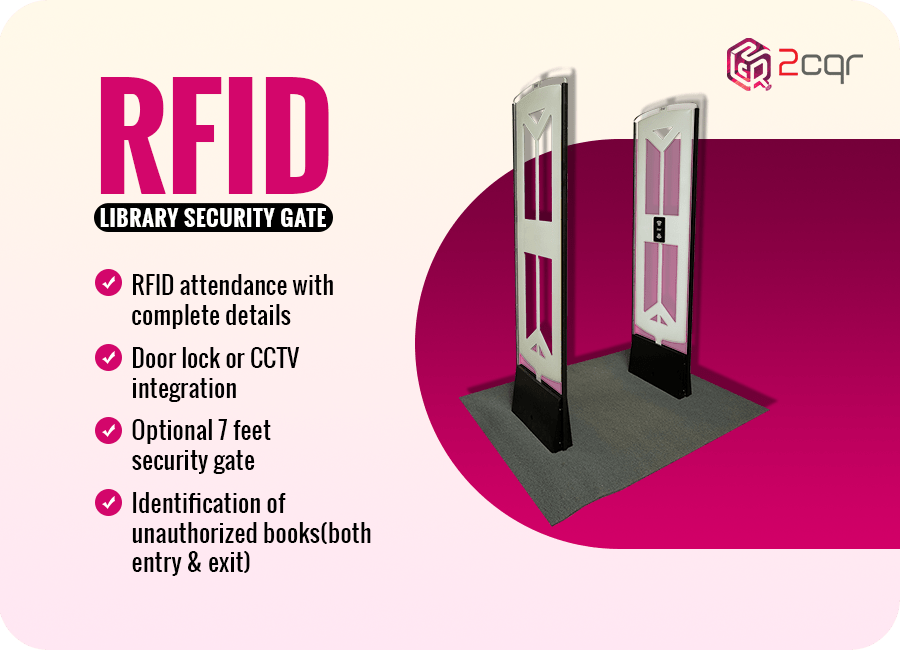
In the realm of library management, RFID tags play a pivotal role in ensuring the smooth, secure, and efficient execution of various activities. These tiny yet powerful components are affixed to library resources, allowing for streamlined operations.
However, the frequent replacement of RFID tags due to various reasons can significantly increase the cost of RFID-based library management.
In this article, we’ll delve into different situations where reusing RFID tags is not only feasible but also financially prudent.
Healthy Condition of Tags
Before considering reusing RFID tags, it’s essential to assess their condition. Tags that have been subjected to external environmental factors, extensive wear and tear, or multiple repairs should be replaced. While they may appear functional at the moment, reusing such tags can lead to premature replacement and additional expenses down the line.
Undamaged Tags
During the process of removing tags from existing resources, it’s common for the internal chips to sustain damage. To ensure the tags are suitable for reuse, verify that they are undamaged both internally and externally. It’s advisable to seek assistance from expert RFID suppliers when removing tags to minimise the risk of damage.
Tag Compatibility
Compatibility is key when reusing RFID tags. Ensure that the tags are compatible with the new system and the materials to which they will be affixed. Mismatched tags can lead to interference and readability errors. For optimal results, use tags on resources made of the same material, such as affixing tags designed for paper books to new paper books and CD tags to new CDs.
Writing Limit and Data Clearance
RFID tags have a predetermined number of read and write cycles, which is determined during their design. Before reusing tags, check whether they have write cycles available. Also, ensure that the data associated with the previous resources has been completely cleared to prevent readability issues. Tags that are free from unwanted data and allow for further writing can be safely reused.
Authorization Match
Some tags come with advanced security features, including anti-cloning measures and authorisation settings. These settings can restrict access to the tags, allowing only authorised individuals to read and write data. Verify that you can adjust the authorisation settings to match the new resources. If you can easily configure these settings and access the tags without complications, reusing them becomes a viable option.
By following these guidelines and conducting a thorough assessment of RFID tags, libraries can save costs while maintaining the efficiency of their RFID based library management systems. Reusing RFID tags in suitable conditions not only conserves resources but also contributes to sustainable and cost-effective library operations.


